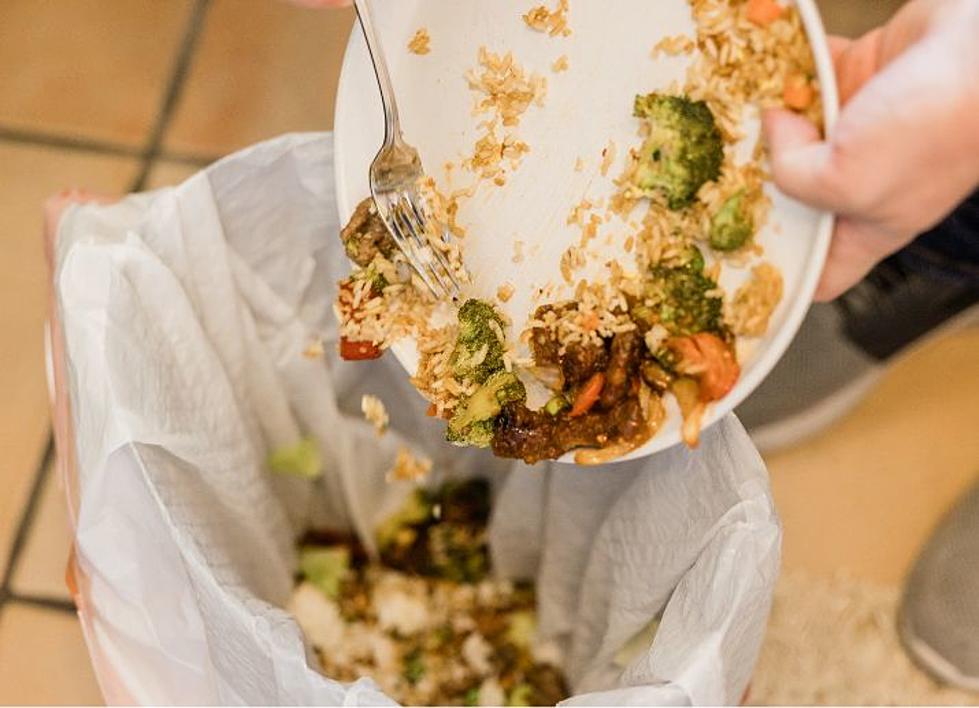
Origin of Freetown Neighborhood in Lafayette, Louisiana
(Lafayette, Louisiana) - The city of Lafayette, Louisiana is a very special place. In Lafayette, you can find numerous interesting, entertaining, and special things across the city. From Festival International to the wing cook-off to Patty in the Parc to just the collection and assortment of amazing people across the city, Lafayette is special.
This city also has a wide assortment of interesting names associated with the different neighborhoods and the city itself. I am beginning a series where I will dive into those nicknames, find the origin of said names, and the reasoning behind said names. Some of the names in the series that I will be researching include Fightingville, the Flats, and more. But the subject of today's story is Freetown. So without further ado let's dive into one of Lafayette's most historic neighborhoods Freetown!
The Geography Of Freetown
According to the Lafayette Consolidated Government and the Lafayette City‐Parish Planning Commission, the area is bordered by East University Street, Pinhook, the railroad track in the area, and Johnston Street. The neighborhood includes part of Jefferson Street (it doesn't cross over into downtown), Gen Mouton Ave, Garfield Street, Clevland Street, Clinton Street, East Vermillion Street, Jackson Street, East Main Street, East Convent Street, Lamar Street, Stevenson Street, West Taft Street, Roosevelt Street, Valdemar Lane, Guidry Street, Forrest Street, and Reid Street.
The Origin Of The Name Freetown
The origin of the name Freetown begins all the way back to the Civil War era. According to the Lafayette Consolidated Government and the Lafayette City‐Parish Planning Commission, the name Freetown originated due to the fact that this was the area where the former slaves now free African Americans settled and made their home. There were also some lower and middle-class Caucasians who settled there as well. But the name was given due to the fact that this is where the free African-Americans called home.
Over the years many more nationalities began to settle in Freetown including: Cajun, Lebanese, Middle Eastern, Greek, Spanish, and Irish citizens. The community of Freetown became a very tight-knit and together society. So much so that during the post-civil war era into the 1920s a group by the name of the "True Friends Society" began as an effort to ward off the Klu Klux Klan.
The area also during the 20s became popular for its legendary Jazz performances that took place at the Good Hope Hall. Many performers from around the country came to perform and also many people from outside the Lafayette area came to watch.
Freetown In The 90s-2010s
During the 90s and throughout the 2010s Freetown became an area where UL students started to migrate and live with the locals. Also, the students and locals would go to party in Freetown due to the fact there were many prominent bars in the area. The area became known for places like The Bulldog, The Keg, and The Loose Caboose to name a few.
Freetown Today
Freetown today still consists of a mixture of locals and UL Students due to the price of homes and apartments in the area being cheap. It doesn't have the same nightlife feel that it had in the 1920s, the 90s, or even the 2010s. But it still does have the bar the Bulldog among many local spots to grab a good meal like Cedar Grocery, KOK Wings, and Acadian Superette.
Freetown remains an area with so much rich history and that is why I felt it was only right to begin this series on the origin of Lafayette neighborhood names with Freetown. The next neighborhood that I will dive into will be Fightingville.
If South Louisiana Cities or Towns Were NFL Teams
More From News Talk 96.5 KPEL









